My perfect life is a series of outdoor vignettes. A meal al fresco with a good book, unplugged and breathing fresh air; that night grilling with friends under a canopy of stars. But until the early ‘80’s, when I moved to Charleston in my early thirties to marry Hugh, I didn’t know about outdoor rooms and courtyards…I mean, really know them.
Our house at 47 Tradd was too small for entertaining, and hardly large enough for a double bed. Built in the dawn of the eighteenth century it was only two rooms wide x two rooms tall. This ancient, pink-stuccoed kitchen house was tiny; the central heating system replaced the original fireplace in the center of the building.
Our courtyard was larger than the house and far more flexible. Wedding parties, guests dropping in for a drink and puppies to raise kept it busy, plus we gardened up a storm.
How do you live life to its fullest while enjoying seamless integration of household spaces truly joined at the hip? In today’s world, this is hard. Parking takes up waaay too much room, the house footprint is too large for its lot and the neighboring homes loom close at hand. So we decided to hold our first design studio in Charleston in 20 years!
Our students came from California, Florida, Georgia, North and South Carolina and loved the experience! We’re planning another LIVE event in June in Cashiers, NC from June 16-18, 2013. STAY TUNED as we unfurl our plans.
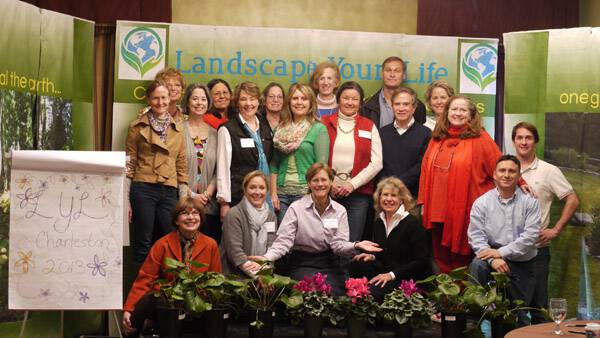
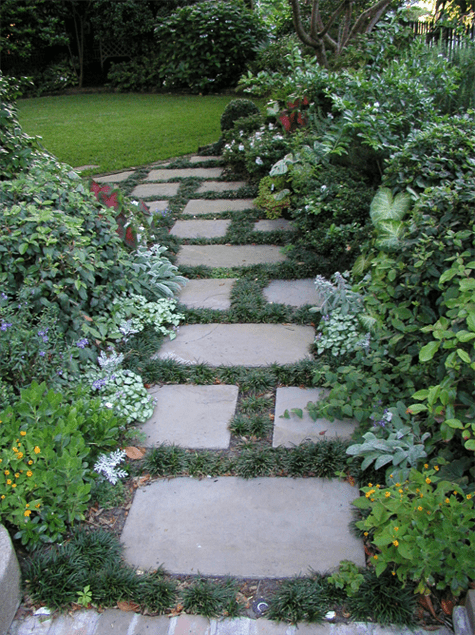
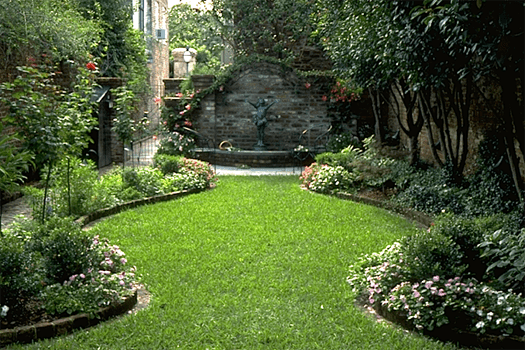 6. Light and Shadow. Going along with color, light and shadow playing off one another has its own emotive language. Dappled light filtering onto a lawn or forest floor creates an ever-changing wash of patterns. An environment like this releases you from prosaic thoughts and evokes a feeling of serenity and inspiration. The animated light quality reduces the feeling of enclosure and encourages peaceful thought.
6. Light and Shadow. Going along with color, light and shadow playing off one another has its own emotive language. Dappled light filtering onto a lawn or forest floor creates an ever-changing wash of patterns. An environment like this releases you from prosaic thoughts and evokes a feeling of serenity and inspiration. The animated light quality reduces the feeling of enclosure and encourages peaceful thought.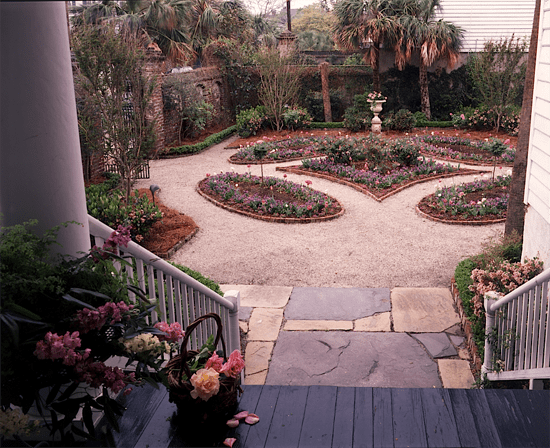 3. Symmetry and Asymmetry. Chaos and order. Be it a house or landscape under construction, chaos results. Even the most ordered man-made landscape in picturesque or formal style goes through a learning curve involving earth moving and revegetation. A master landscape plan helps navigate the rough road to perfection. Look to Mother Nature for clues involving environmental concerns to make the ultimate landscape ordered by both man and natural processes.
3. Symmetry and Asymmetry. Chaos and order. Be it a house or landscape under construction, chaos results. Even the most ordered man-made landscape in picturesque or formal style goes through a learning curve involving earth moving and revegetation. A master landscape plan helps navigate the rough road to perfection. Look to Mother Nature for clues involving environmental concerns to make the ultimate landscape ordered by both man and natural processes.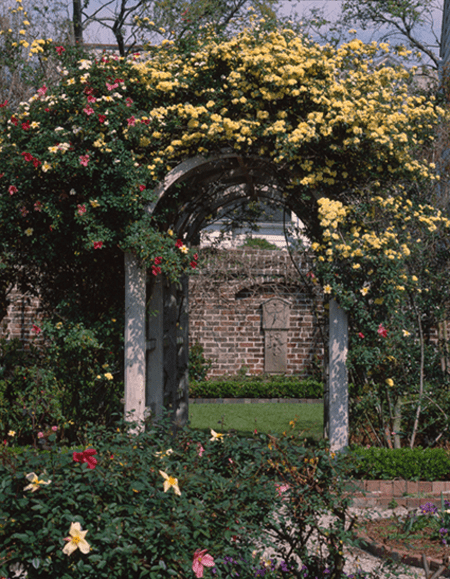 ns have a secret language. Their hidden underpinnings are design principles. This lexicon is critical to your success as a designer. With these words, you can describe why a garden visually works.
ns have a secret language. Their hidden underpinnings are design principles. This lexicon is critical to your success as a designer. With these words, you can describe why a garden visually works.